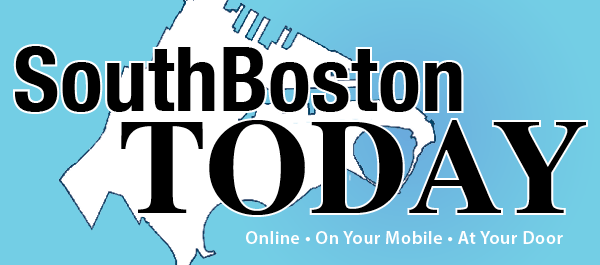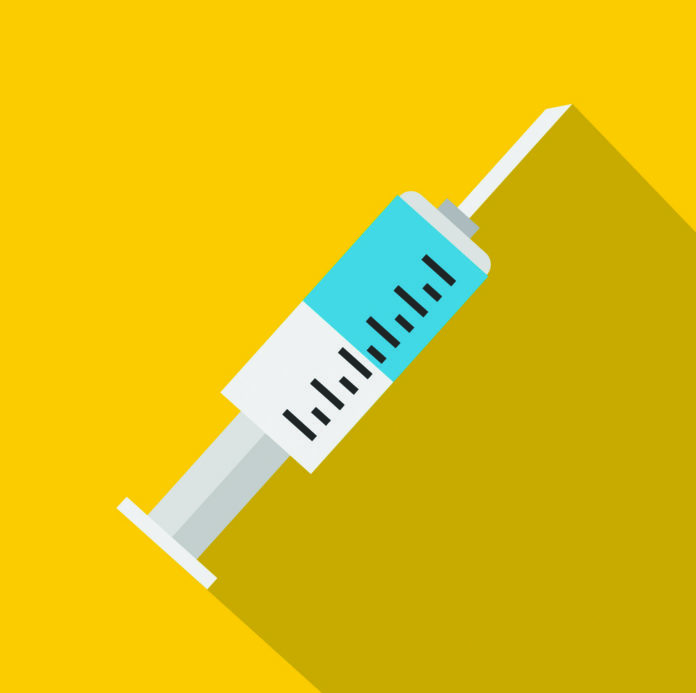On its face, the notion of allowing drug addicts to visit a ‘safe needle injection’ site to continue their unending need to ‘get high’ seems inherently contradictory to the general population. The debate among the professionals is raging on, while the government decision-makers, colored by the political ramifications, are ‘kicking the proverbial can’ down the road as far as they can. In the meantime, the drug addiction crisis and its collateral consequences continues, but for the traditional approaches of ‘education, prevention, intervention, treatment, recovery… relapse? and it starts all over again.
Mayor Marty Walsh is conflicted. In January, he reported that he had “been impressed” by the facilities he toured in Canada, which he visited along with the mayor of Cambridge, where people struggling with addiction can inject drugs under medical supervision. He considered it ‘eye opening’. However, within days he told the Harm Reduction Commission, a 15-member group advising the Legislature about the feasibility of opening such facilities in Massachusetts, that Massachusetts is “not ready” to open a facility where people can inject illicit drugs under supervision. He went on to state that the Commonwealth lacks the infrastructure to accomplish what those much larger Canadian cities have done and faces many open questions about who would fund and operate such sites. The Canadian programs are government funded, and the nurses who work there are government employees, he noted.
In March, Governor Charlie Baker Baker dismissed the recommendations by the Harm Reduction Commission regarding approving these sites stating, it is a “non-starter”. Baker said there was a simple reason for his opposition to safe injection sites: The federal government considers such sites to be illegal. That includes Andrew Lelling, the U.S. attorney for Massachusetts. He went on to state that “we need to do a better job of helping people keep from getting addicted in the first place — which as a nation we failed miserably on for 20 years. We’re finally getting to the point where we’re starting to do some things that I think will make a difference there.”
Are safe injection sites a real solution? In February, the federal government went to court to stop a small Philadelphia nonprofit, Safehouse, from moving forward with its plans to open the nation’s first safe injection site as a response to the opioid crisis. Safehouse responded in a court filing, arguing forcefully that Washington is wrong, that they are on firm legal ground, and must be allowed to move forward.
Safehouse’s founders state that they are driven to save lives in a city with one of the highest death rates from opioid overdoses in the nation. Their approach is simple: If addicted persons are going to be using drugs, it’s better to encourage them to do so at a place where help is available. At the location, drug users would be allowed to bring and take illegal substances under the supervision of medically trained personnel. Clean needles, anti-overdose medication, counseling supports, and access to further medical treatment would be provided by Safehouse.
The federal government views this approach as abetting criminal behavior and dismisses any life-saving potential. The Washington Post says the government’s suit likens Safehouse to a crack house. Federal officials say allowing the use of illicit drugs with impunity enables and exacerbates the intractable opioid problem; the US Attorney for the Eastern District of Pennsylvania argued that opening Safehouse would violate the Controlled Substances Act, which makes it illegal to open or run a place where illegal drugs are knowingly used.
In their brief, Safehouse wrote, citing several studies, that ‘Medically supervised consumption sites are not a new phenomenon; they have been in operation for more than 30 years. More than 120 sites operate openly worldwide, and not a single fatal overdose has been reported inside any similar facility. Extensive public health research of medically supervised consumption sites reports a decrease in overdose deaths in their immediate vicinity, a decrease in the public use of drugs, a decrease in discarded drug paraphernalia waste, and a decrease in the transmission of infectious diseases. That research also shows that medically supervised consumption sites encourage long-term treatment for opioid addiction and do not contribute to increased crime. USA Today noted, Safehouse recognizes that their “intervention will not solve the opioid crisis, but it will provide a critical life raft.”
While the Philadelphia court battle proceeds, Safehouse plans to is move forward, working to raise funds to underwrite the program, secure a site, and line up the local support to gain the zoning and other local regulatory approval against the expected NIMBY opposition.
Real life consequences are at stake and this issue will not be going away. The ‘can-kicking’ in Massachusetts will soon run out of road. Decision time is approaching.













